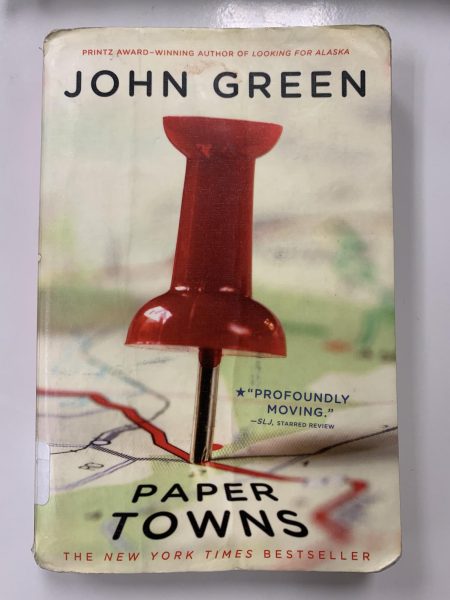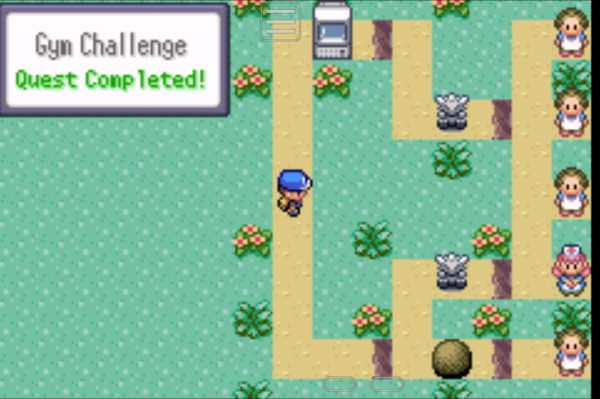“Seaspiracy” Review
May 12, 2021
“Seaspiracy” is a Netflix original documentary that Ali Tabrizi made as he explored the effects that the fishing industry has on the oceans and climate. In the beginning, he tries to find the best way for him to save the oceans; which leads him to make this documentary. As Sylvia A. Earle, American marine biologist, says in the documentary, “No one can do everything, but everyone can do something.” This was Tabrizi’s something.
Throughout the documentary he travels to other countries, talks to people in charge of major fishing companies, and observes a site where marine life is caught. At one point when he is in Tiaji, Japan, a major whaling town, there are police that start following him because the police want to keep the details of the whaling secret. When he went to Thailand, he had to flee the country because authorities found out that he had no permit to film. If authorities had gotten to him in Thailand the consequences would have been severe, because they have a lot to cover up about their fishing industry according to information discovered in the documentary.
As Tabrizi takes these risks, he uncovers lots of information that the fishing industry is trying to hide. Some of that information is that climate change groups fret about plastic straws when the statistics show that plastic straws account for an estimated 0.03% of the plastic in the ocean, while fishing gear accounts for over 40% of that number. A big reason why this information is being buried is because the organization Plastic Pollution Coalition works with the fishing industry, so they would not want to show the impact that the fishing industry has on the ocean.
Another issue that he brought up was by-catch fishing, which is when animals not intended to be caught are caught in commercial fishing. In this documentary, these animals are thrown overboard, often dying and washing up on shore. What is even more detrimental is that sharks and dolphins are often the victims of by-catching and since they are at the tops of the food chain, it disrupts the whole ecosystem. One statistic that he gives in the documentary even shows that up to 40% of marine life caught is by-catch. While some people are scared of sharks, humans are much larger of a threat to them than they have ever been to humans. Roughly ten people die a year because of sharks, but 11,000-30,000 sharks are killed by humans every hour. This documentary shows people the negative impact that the fishing industry has on the environment.
“While I watched the documentary, it was hard to not get so wrapped up in the large scale, seemingly unstoppable, problems that the whole world seemed to be ignoring,” said Megan Ashley, 11, “but the toughest part for me was the very end.”
The end of the documentary touched on sustainability while Ali Tabrizi witnessed “sustainable” whaling being done in the cove of a beach. The whole documentary focused on him looking into whether commercial fishing can be sustainable, but it is not until watching the horrific whaling that he realized that he only considered the damage of the environment and ecosystems and not the animals themselves.
Throughout the filming he asked many people what sustainable meant in the commercial fishing industry and no one was able to properly answer that for him. It was during the “sustainable” whaling where he witnessed the mass murdering of whales that he came to the definition of sustainability is “something that could continue on and on forever regardless of how much suffering it causes.”
Tabrizi then researches whether it is healthy to stop eating fish, but during this process he learned that fish contain bits of mercury which is toxic to our bodies. The nutrient that fish contain is omega 3 fatty acid, which is something that they do not actually produce, but is found in algae. As an alternative to fish, companies have started making seafood with algae instead, making it taste like the other seafood, with all the nutrients and none of the toxins.
The information discovered in this documentary is eye-opening, but it is not enough to simply learn. As Ali Tabrizi went on his journey of how he could help the environment, he learned that the best way to aid was not by wildlife petitions and donations, not by going plastic free, but by holding the commercial fishing industry accountable. While petitions, donations, and restricting plastic use help the oceans and therefore humans, the best things that people can do is restrict their fish intake and combat the organizations that promote commercial fishing.


